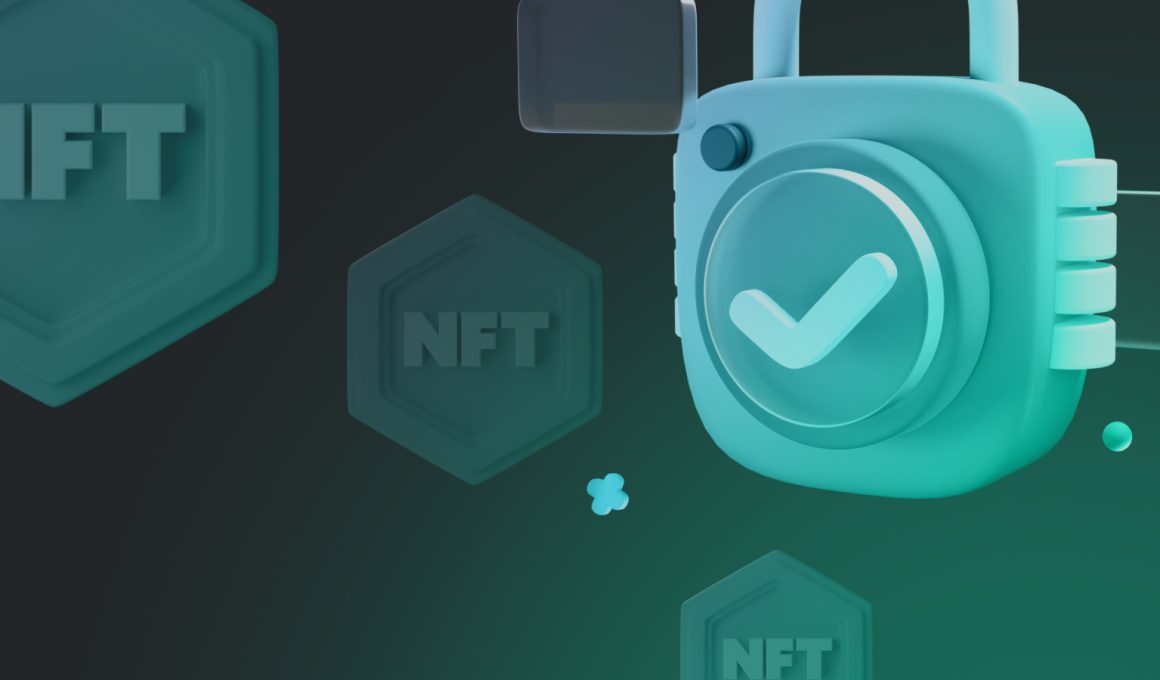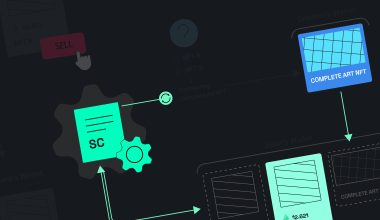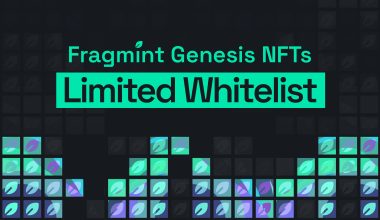The recent crypto industry events reminded us of the basic slogan we had forgotten: “Not Your Keys, not Your Crypto”. This motto is simple, easy to understand and to follow but at the same time, it can be difficult to live by. We guess most of us used to keep a certain amount of assets (crypto and NFTs) on exchanges but the times have changed. The key thing when it comes to your money is security. You should be 100% sure that they are protected and stored in the right way. In this article, we will take a look at some of the best practices on how to protect your crypto & NFTs.
In this article, we will talk about protecting your NFT and avoiding scams. There are many things to remember when storing your digital assets and following a few simple rules can help reduce the chance of losing them.
What are the most common scams?
With the explosive growth in the popularity of NFTs, a number of scammers jumped as well. Scammers are becoming more sophisticated, and every day someone tweets about losing their most prized digital picture. Because of that, we need to be more cautious than ever. Here are some of the most common scams:
Fake mint page
The Internet is an endless sea of links, especially when too highly anticipated NFT drops. A number of OpenSea pages pop up and make it hard to verify which is the legitimate collection. It’s getting even harder if the collection isn’t verified. The FOMO is growing and the time is ticking making many collectors fail to take the extra step of authenticating where the assets are minted from. Then they mint an illegitimate NFT.
Soon the whole collection is removed from the NFT marketplace leaving the collectors with empty hands and the scammers with buyer’s money.
TIPS:
- Never click unverifiable links.
- Double check the domain link—a scam website can often be distinguished by just one different symbol or letter
- Confirm you’re minting the verified link by going to the official collection’s Twitter or Discord first.
Fake airdrops
We all know about airdrops being one of the best ways to stimulate your community and make them feel like a family. However, the blockchain is the most transparent ledger on earth and your wallet address is public to everyone. So that is every move you take … and anyone can interact with your account.
Unfortunately, there and scammers who will send NFTs to your wallet without asking—as in an airdrop. Before cheating please take that with extra care.
Scammers will then start interacting with you and trying to obtain your personal details. It’s best not to interact with any new NFT you receive unless you’ve verified their origin.
Fake links
In this case, scammers will send you fake OpenSea offers to your email, asking you to click the “view” button. Then the link may take you to a fake page asking for your wallet and seed phrase. Once they have your information, they can access your funds and drain your wallet. There is no way of stopping them!
TIP: Never ever send someone your seed phrase.
Impersonation
Another well-known scam is a Twitter account that is pretending to be the real account of an established collection. This account will try to send you direct messages and post tweets with wrong links leading to scam pages where the scammers will try to get your personal data.
The account will have a very similar name to the original one – just an extra letter.
TIPS:
- Having lots of followers doesn’t mean an account is real.
- Always double-check Twitter handles.
- If you verify it’s a fake account, report it to Twitter.
Additional Tips to protect your NFTs:
- Never share your recovery phrase with anybody.
- Keep your seed phrase away from your phone and computer—store it offline (“cold storage”), with multiple copies in safe places.
- Never click on random or broken links sent by unknown sources.
- Never share your screen.
- Before minting anything, make sure to check the contract address. It should specify where the NFT was minted. If it’s been verified on OpenSea, it should be legit. If it looks too good to be true, it probably is.
- Always confirm you’re minting on the verified website.
- If you need assistance, you will never be sent a DM first. Turn to official sites for assistance, not social media.
- Use two-factor authentication, an extra layer of security.
- Use strong and unique passwords.
- DYOR. Before you do anything in the NFT world. Research the collection, the seller, the contract, the link, and other details.
- Check the smart contract audit
Our goal at Fragmint is full transparency towards the people that trust us with their assets. In order to provide additional security and protection we have our code tested by Team Omega. They are a group of Solidity experts, with performing audits on several of our Smart Contracts. Now we can ensure a safer and more efficient platform for everyone.
Top 4 DeFi wallets to protect your NFTs
The best way to store and protect your NFTs NFT has always been to have your own private, decentralized, non-custodial wallet. However, this comes with the responsibility for your seed phrase. If you lose it, you lose the keys to your assets.
Here are 4 of the most established crypto wallets that will help you secure your digital coins.
MetaMask
The most popular crypto wallet that’s non-custody. Metamask’s greatest benefits are the number of chains it supports and its ease of use thanks to its browser extensions. It works with: Chrome, Firefox, Brave, Edge, and Opera. Among the other benefits of MetaMask are swapping tokens, using the MetaMask bridge, and creating a Gnosis Safe multi-signature wallet.
However, there are two things that you should be aware of before using MetaMask:
Infura is another part of Consensys, the developer of the wallet. They do a lot with APIs and blockchain infrastructure and also run Ethereum nodes.
The last major outage they had in April meant that MetaMask wallets malfunctioned. Infura can also block access based on certain IP addresses meaning that Metamask is not 100% decentralized or censorship-resistant.

TrustWallet
TrustWallet is a great mobile wallet developed by Binance. It’s important to understand this wallet is separate from the company and its business and they exert no control over your wallet. It supports tons of coins and many chains.
Some notable differences with MetaMask are:
- Supports Bitcoin (BEP version, not native but also not wrapped)
- Many in-app options are available – staking, investing, lending, and swapping
- TrustWallet uses the popular WalletConnect infrastructure to connect to dApps. This means you will have to click on Connect Wallet, then find WalletConnect and click on that, and TrustWallet to connect it to your app of choice.

BitKeep Wallet
BitKeep is a decentralized multi-chain crypto wallet, providing 76+ main nets and 223500+ crypto assets, and 20000+ DApps to global users. It aims to be a one-stop shop for all crypto wants and needs. Apart from cryptocurrency storage, the wallet also has a DApp Browser, an NFT marketplace, a dedicated BitKeep LaunchPad, a DEX, and other features, as well.
BitKeep is extremely dedicated to security with features like DESM encryption. 24/7 security team constantly checks for risks and vulnerabilities.
At Fragmint, we are happy to have BitKeep as a supporter of our mission to create a new way of modular art.
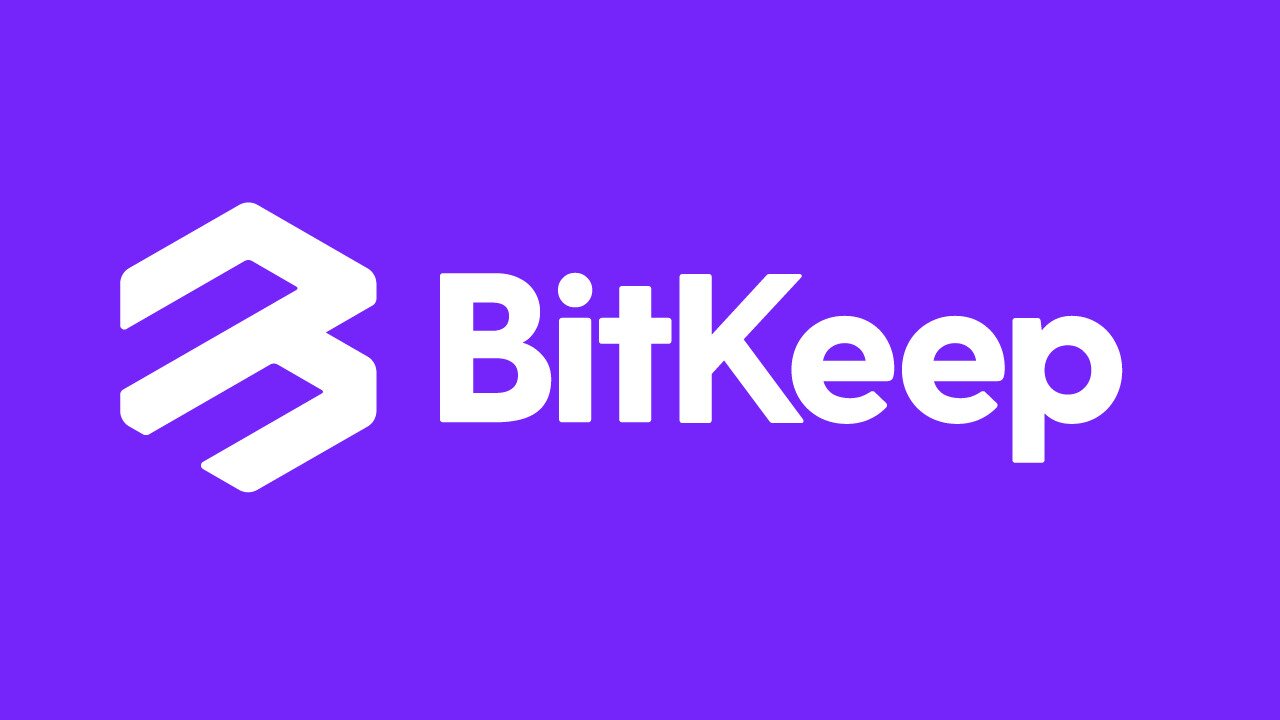
Enjin Wallet
Enjin is the team that established the ERC-1155 NFT token standard. They are also behind the Efinity blockchain for cross-chain NFT activity. Along with all that, they have an excellent mobile wallet making it the best wallet for NFT lovers. It also supports Bitcoin, stablecoins, swapping, in-app access, and more.
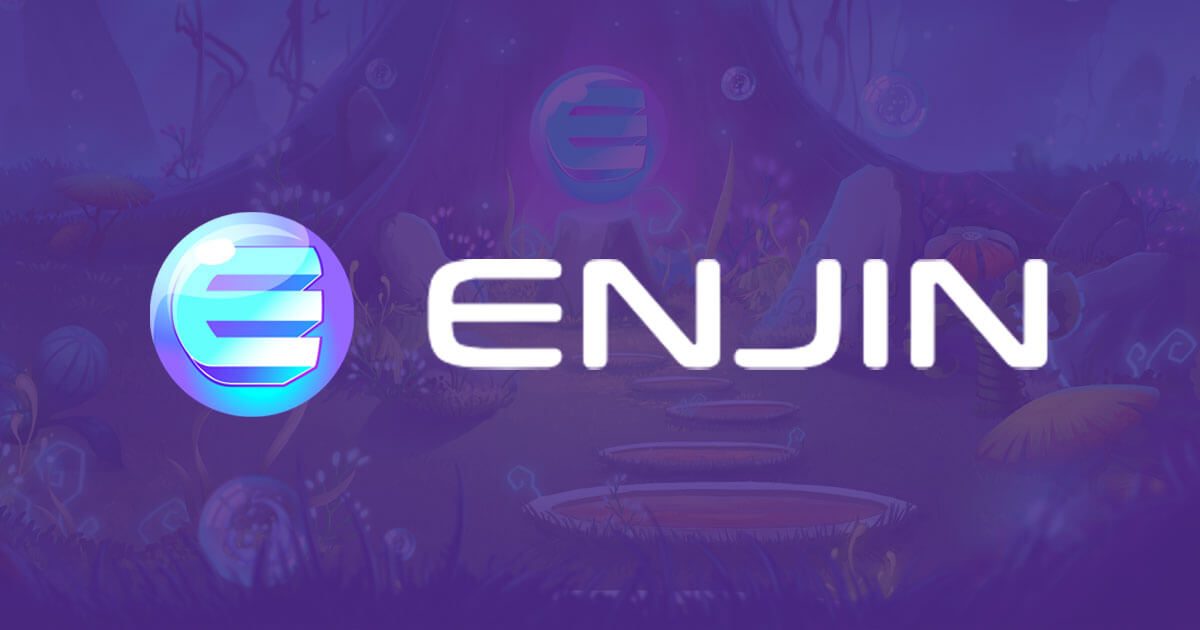
Final words
The NFT market is still a Wild West, so we at Fragmint believe that you should protect your NFTs very well. There are many hackers and scammers out there who will try to scam you using different methods such as the trusted trader scheme, login-supplying websites, and phishing emails from fake sites. Make sure that your security is tight before buying into the NFT space and always upgrade your knowledge to stay a step further from the scammers.
Find Fragmint on social media and keep track of the latest updates on the project.
Twitter: https://twitter.com/Fragmintnft
Discord: https://discord.gg/ab6YNmRczH
Telegram: https://t.me/fragmintapp
LinkedIn: https://www.linkedin.com/showcase/fragmint
Facebook: https://www.facebook.com/Fragmint
Instagram: https://www.instagram.com/fragmintnft
Website: https://fragmint.com

